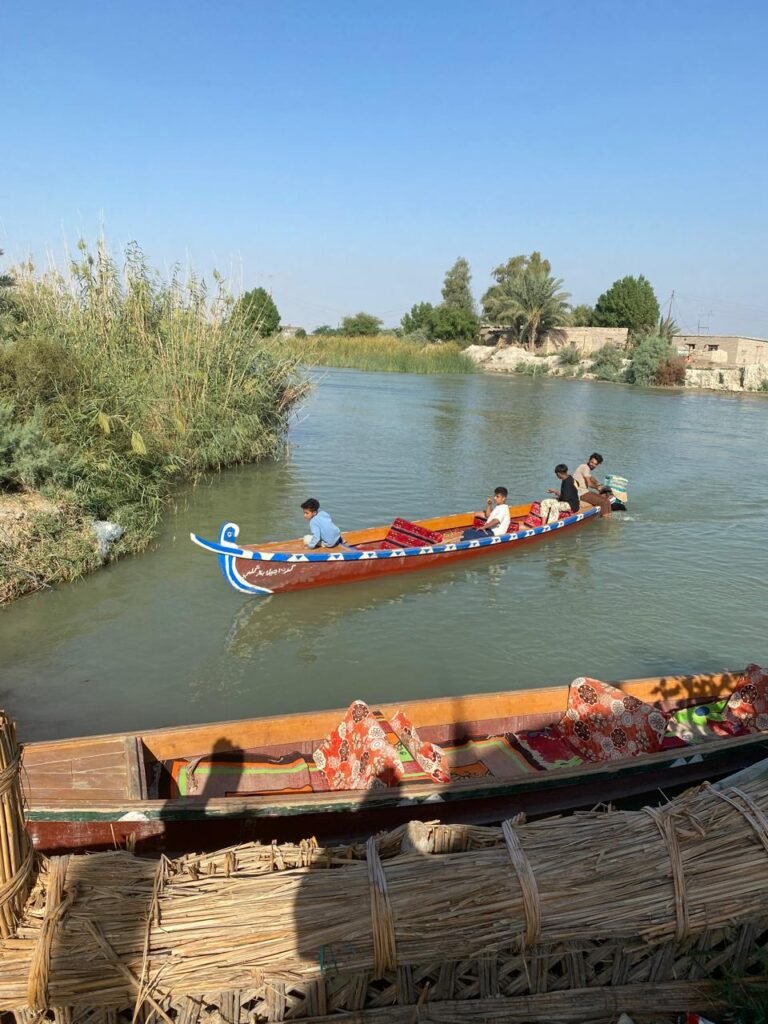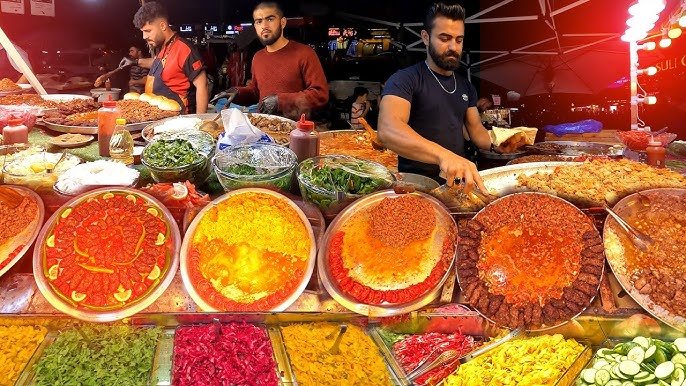Introduction
Iraq is home to some of the most significant religious sites in the world, attracting millions of pilgrims and history enthusiasts alike. Whether you’re visiting for spiritual reasons or to explore Iraq’s rich religious history, it’s important to understand the customs, etiquette, and significance of these sacred places. In this guide, we’ll explore Iraq’s top religious sites and provide essential tips for visiting them.
1. Imam Ali Shrine – Najaf
One of the holiest sites in Shia Islam, the Imam Ali Shrine in Najaf is the final resting place of Imam Ali, the cousin and son-in-law of Prophet Muhammad.
- Dress code: Women must wear a black abaya and headscarf, which can be borrowed at the entrance. Men should wear long pants and modest clothing.
- Etiquette: Pilgrims touch the golden shrine and recite prayers. Non-Muslims may enter some areas but should respect local customs.
- Best time to visit: Early mornings or late evenings to avoid large crowds.
2. Imam Hussein Shrine – Karbala
Located in Karbala, the Imam Hussein Shrine is where Imam Hussein, the grandson of Prophet Muhammad, was martyred in the Battle of Karbala (680 AD).
- Arbaeen Pilgrimage: Held 40 days after Ashura, this is one of the world’s largest religious gatherings, with millions walking to Karbala.
- Visiting Tips: The atmosphere is deeply spiritual. Even if you’re not a religious traveler, the experience of witnessing devotion here is unforgettable.
- Nearby Sites: The Al-Abbas Shrine, dedicated to Imam Hussein’s brother, is just a short walk away.
3. The Al-Askari Shrine – Samarra
This beautiful golden-domed shrine is one of the holiest sites in Iraq, housing the tombs of Imam Ali al-Hadi and Imam Hasan al-Askari.
- Cultural Significance: The shrine is highly revered in Shia Islam, as it is believed to be the place where the 12th Imam (Mahdi) went into occultation.
- Security Measures: Samarra has experienced unrest in the past, so check travel advisories before visiting.
4. The Great Mosque of Kufa
One of the oldest mosques in the Islamic world, the Great Mosque of Kufa in Najaf is a site of deep religious and historical importance.
- Why Visit?: It is believed to have been the home of Prophet Noah, and it was the place where Imam Ali was fatally struck before passing away.
- Must-See Sections: The mihrab (prayer niche), the shrine of Muslim ibn Aqil, and the tomb of Hani ibn Urwa.
5. The Tomb of Prophet Ezekiel (Al-Kifl)
Located in Al-Kifl, this is a shared religious site between Muslims and Jews, believed to house the tomb of the Biblical Prophet Ezekiel (Dhul-Kifl in Islam).
- Unique Aspect: It contains Hebrew and Arabic inscriptions, showcasing Iraq’s diverse religious history.
- Current Condition: The site has been restored and remains an important pilgrimage destination.
Tips for Visiting Religious Sites in Iraq
- Dress modestly – Women should wear long sleeves, loose clothing, and a headscarf. In some shrines, an abaya is required.
- Remove shoes – Always remove your shoes before entering prayer areas.
- Respect prayer times – Some sites may have restrictions during major prayer times.
- Photography rules – Always ask before taking photos inside shrines.
Conclusion
Iraq’s religious sites are some of the most sacred in the world, offering a mix of Islamic history, spirituality, and architectural beauty. Whether you’re visiting as a pilgrim or a traveler, experiencing these places firsthand is truly unforgettable.






